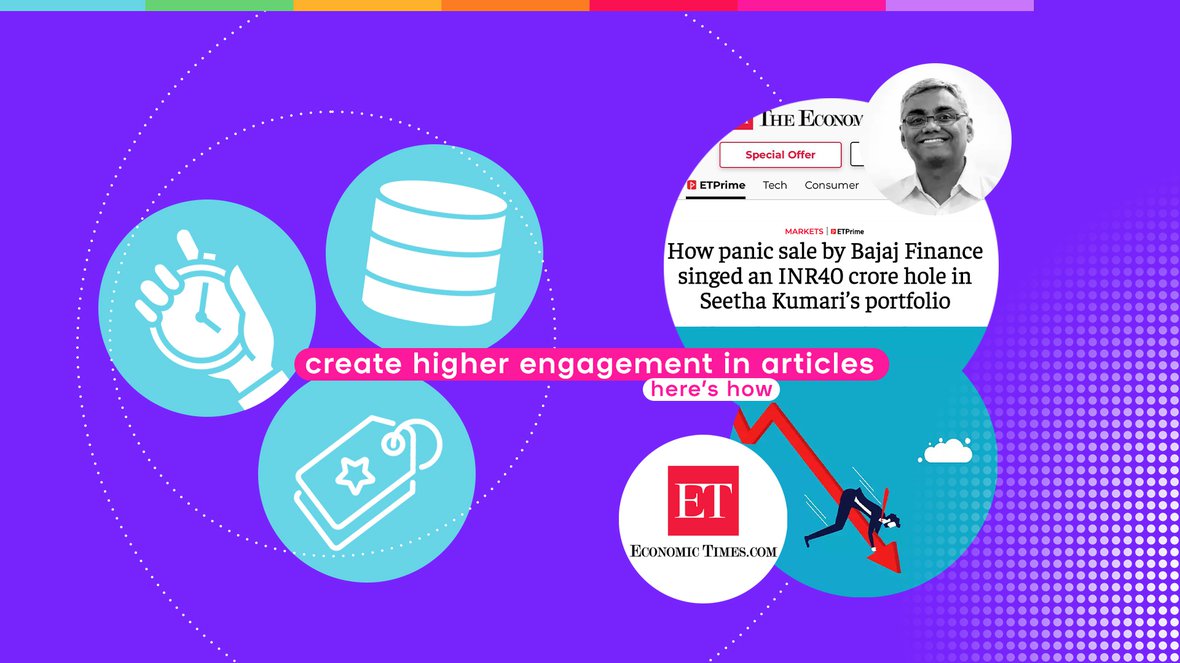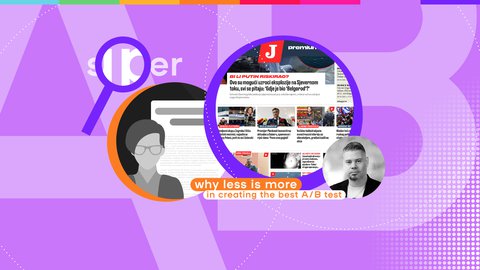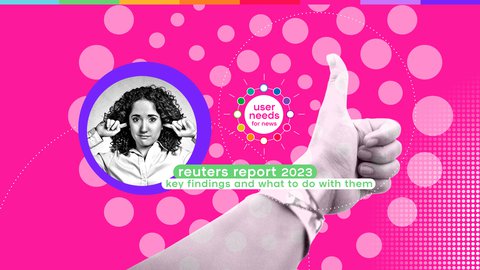Engaged readers are valuable readers. They stay longer, read more. They’re the demographic from which subscribers are likely drawn. So the question how to create higher engagement is quite an important one for all journalists and publishers.
While everyone’s competing for the same eyeballs, how do you gain an edge? Through CPI, our compound metric found in the Insights part of the tool, it’s easy to see at a glance how articles score for engagement.
Sometimes they score big. So what’s the secret there? We already came up with 7 ways to create more engaging content. During a data dive recently we discovered one of our clients, Indian news site The Economic Times (ET Prime), was knocking it out of the park in the engagement stakes, so we asked their editor, Shishir Prasad, for his insights about their success.
Why should this matter to your newsroom?
It’s not just ‘because it’s nice to know’. Monitoring engagement is important for many reasons and for all kinds of business models:
- Membership models - to understand what converts - and what retains interest so as to reduce the risk of churn
- Ad models - to ensure advertisers feel confident about placing their ads on your pages
- Public broadcasters - to help with their central mission of education and information
- Startups - to measure interest in your central mission and go from start up to scale up
- Grow of startups - to measure interest in your central mission and go from start up to scale up
And essentially there’s the issue of whether the message and mission are being communicated effectively. Nobody’s writing for nothing, right? When you look at engagement, you’re revealing if the message you’ve put out into the world is being received and understood.
How do we measure it?
Engagement can be measured in many ways, but here we look at elements that give a picture of the reading behaviour to illuminate how much a reader is involved and interested in a specific article.
This could be things like:
- Read Depth - how far through an article a reader gets before clicking away (Expressed as a percentage)
- Page Depth - how many further articles are clicked on after the initial one - a good indicator that the reader is keen to engage further on a topic or with a publication or brand
- Time on page - as simple as it sounds - how long a reader reads for. The same can be said for session time (how long a user stays on site).
These are individual metrics. In Insights we also use a compound metric called Content Performance Indicator (CPI) to give a single reading of how well an article performs on a scale of 0-1000. This is a balanced metric, so it looks at various indicators of good engagement, measures them against one another and spits out a number, benchmarked against others on your specific site, which shows if something’s average (500), underperforming (<500) or doing really well (500+). It’s important and useful because this approach is length-agnostic: it doesn’t care whether your article is long or short - but gives you a true glimpse of how well people are responding.
So what can articles that score 1000 tell us about engagement? The Indian economic website ET Prime gets lots of extremely highly scoring articles, so we decided to ask them, if not for their secret recipe, then at least for some hints about their secret sauce. We’ve taken away three tips for you to consider right here, right now.




